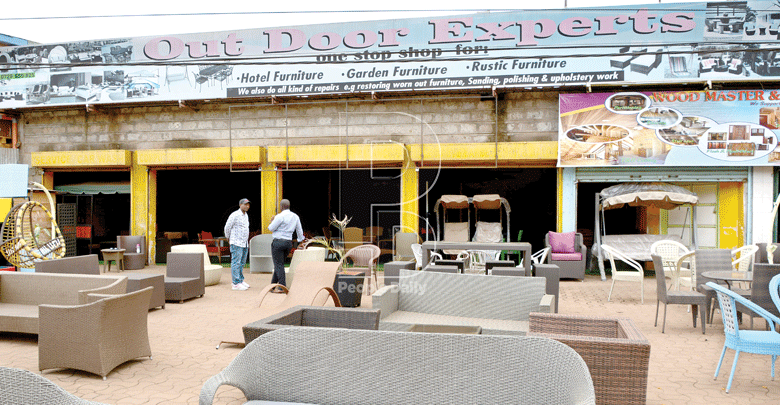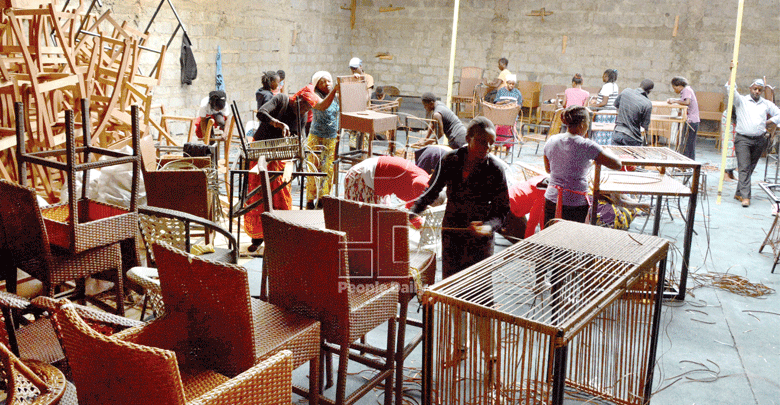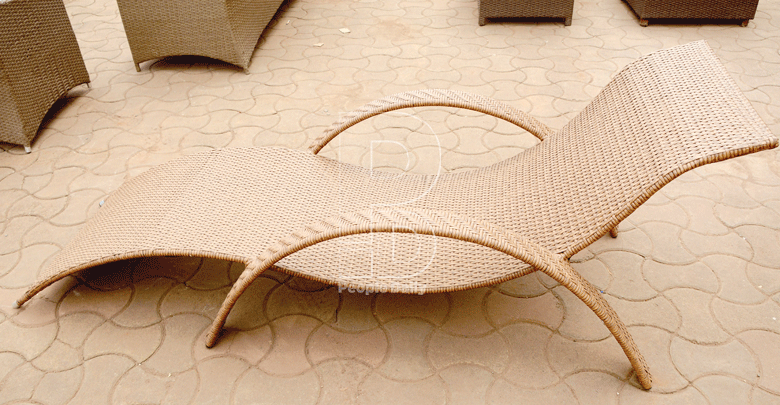Furniture makers take to synthetic

@millymur1
The outlook for the furniture industry is bright considering current trends in the demand for house and business fixtures and fittings.
The furniture market in Kenya was estimated at $496 million (Sh51 billion) in sales in 2013. It has been growing at a Compounded Annual Growth Rate (CAGR) of 10 per cent over the past five years and the momentum is expected to continue in the next few years, according a World Bank/ Ministry of Trade and Industrialisation on the furniture market report.
Despite this growth, the sector has experienced little technological advancement. However, some furniture makers are using new technology as competition hots up.
Stanley Nding’uri, founder Outdoor and Indoor Experts, a furniture-making business based along Ngong Road in Nairobi is one of those who have embraced technology.
He makes furniture using rattens (or rattans), a technology, which is doing well in the Far East.
Having been in furniture-making business for 15 years, Nding’uri realised that something needed to change four years ago.
This was after he started receiving orders from customers who wanted him to replicate some of the products they had seen online. The clients were interested in furniture made using ratten /rattans.
Stanley travelled to Malaysia for a survey because the raw material is commonly used there. Later, he started importing the furniture, but after two years, the cost of shipping rose so much that he considered the business unprofitable.
“The orders were increasing daily, but the cost of shipping was going up. Another challenge was I was importing small quantities because furniture is bulky,” he says.

Frustrated, Stanley sought expert help on how to make the products locally if he was to import the raw materials. He found a firm in China where him and his two staff (a weaver and designer) were trained for six weeks.
Back home, the three then trained their colleagues on how to make the products. Today, the firm employs 60 people.
With the logging ban imposed last year, the raw material imports has been a godsend to Stanley’s furniture shop.
“Unlike some of my friends who were forced to close shop for lack of local timber, I am still in business,” he says.
“We are concentrating mostly on ratten furniture, but still we make wooden furniture though on a small-scale at a 60:40 ratio.
The technology is now being embraced by the hospitality industry who are our main customers,” he says.
Ratten furniture is light in weight, unique, affordable, waterproof, long-lasting, can be used during any weather and has a strong resistance to strong sunlight (UV rays).
The furniture comes in different designs, ranging from vintage to modern styles.
“Our products are popular in cafeterias, restaurants and rooftop lounges in hotels, but homeowners are now considering them for their outdoor spaces,” says Stanley.

He says since millennials are the ones driving home design trends of the future, interior and exterior décor suppliers must learn to cater to the new generation of buyers whose design sense, purchasing habits and living situations differ from older generations.
“Furniture manufacturers in Kenya need to be abreast with emerging trends that are shaping a new furniture industry landscape. The trends can either pose some challenges or open doors to new opportunities,” says Stanley.
The high cost of port clearance charges and delays have been the main challenge to the business; workers are often forced to wait for raw materials for long periods.
Additionally, delays in completion of Ngong Road have affected the business, but hopes that once the road is completed, the business will be back to normal.
Another challenge is that buyers often confuse the raw material with papyrus, which is commonly used locally to make furniture. “But rattens are synthetic and can last for more than 10 years,” he says.
His target market is the hospitality industry, interior décor firms, real estate developers and homeowners. His products range between Sh4,000 and Sh100,000 depending on the product, but they also offer repair services.
Word of mouth and the use of social media has been his main marketing strategy. “Social media is turning to be such a powerful marketing platform. So far, we are using Facebook to market our products. We plan to use other platforms too,” says Stanley.
With rattens, one can make furniture, flowerpots, partition walls, make hammocks or swings. Apart from ratten, one can also use bamboo, hemp, jute or plastic.
Bamboo is getting popular in replacing wood, especially for furniture and tiling. Hemp, is another fast-growing and sustainable crop that generates more construction-grade fibre per acre than most trees.












